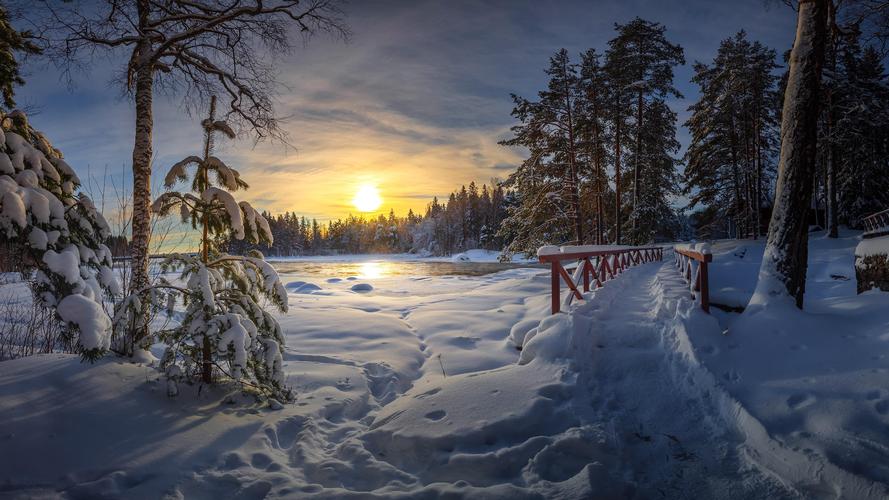Preserving the Cultural Heritage of Our Ancestors: A Look into Traditional Practices and Customs
The cultural heritage of our ancestors is a treasure trove that deserves to be respected and preserved. Traditional customs and practices are a living testament to the wisdom and experiences of our forefathers. In this article, we will take a closer look at the importance of preserving cultural heritage and how we can do it.
Why is preserving cultural heritage important?
Cultural heritage represents the legacy of a people, the traditions and cultural practices that have been passed down from generation to generation. It is an important part of a people’s identity, shaping the way they view themselves and others. Preserving cultural heritage is not only important for the people belonging to that particular culture but also for humanity as a whole.
Cultural heritage serves as a window into the past, providing valuable insights into the history, art, and social practices of a particular place and time. It helps us to understand the world better and connect with our roots. By preserving cultural heritage, we are essentially preserving a part of humanity’s collective memory.
What are the traditional practices and customs that we need to preserve?
Traditional practices and customs vary from one culture to another, but they all have one thing in common – they are a reflection of the people’s beliefs and values. Here are a few examples of traditional practices and customs that we need to preserve:
1. Traditional medicine: Many cultures have their own unique approach to health and medicine. These traditional practices often involve the use of herbs, roots, and other natural remedies.
2. Traditional festivals: Festivals are an integral part of many cultures. They are a celebration of life and an opportunity to bring people together.
3. Traditional art forms: Traditional art forms such as dance, music, and theater are an expression of a people’s creativity and imagination. They are also a means of passing on cultural knowledge from one generation to another.
4. Traditional clothing: Traditional clothing is an important part of a people’s identity. It reflects their history, social status, and cultural practices.
How can we preserve our cultural heritage?
Preserving cultural heritage requires a concerted effort from the community as a whole. Here are a few ways in which we can do it:
1. Educate the youth: The youth are the future of any community. We need to educate them about the importance of preserving cultural heritage and involve them in the process.
2. Documenting cultural practices: It’s essential to document cultural practices, customs, and traditions. This can be done through audio, video, written, or photographic records.
3. Reviving traditional practices: Many traditional practices and customs have been lost over time. We need to make an effort to revive these practices and reintroduce them to our communities.
4. Supporting local artisans: Supporting local artisans and craftsmen is a great way to keep traditional art forms alive. By buying their products, we can help these artists continue their work and preserve their art.
Conclusion
Preserving cultural heritage is vital to our identity and sense of belonging. Traditional practices and customs are an essential part of our heritage, and it’s up to us to keep them alive. By educating the youth, documenting cultural practices, reviving traditional practices, and supporting local artisans, we can ensure that future generations have a glimpse into the wisdom and experiences of our ancestors. So, let’s take a step towards preserving our cultural heritage and be the proud torchbearers of our legacy.
(Note: Do you have knowledge or insights to share? Unlock new opportunities and expand your reach by joining our authors team. Click Registration to join us and share your expertise with our readers.)
Speech tips:
Please note that any statements involving politics will not be approved.
